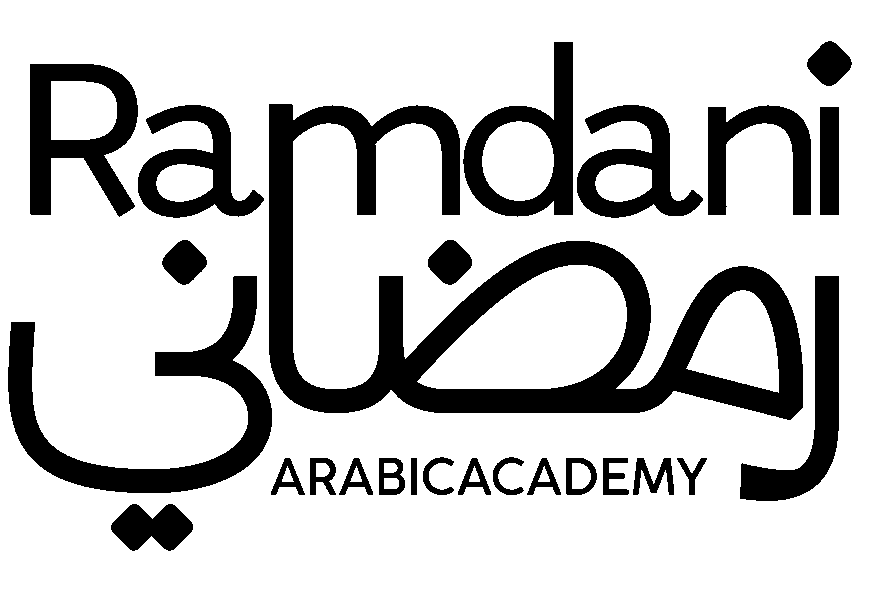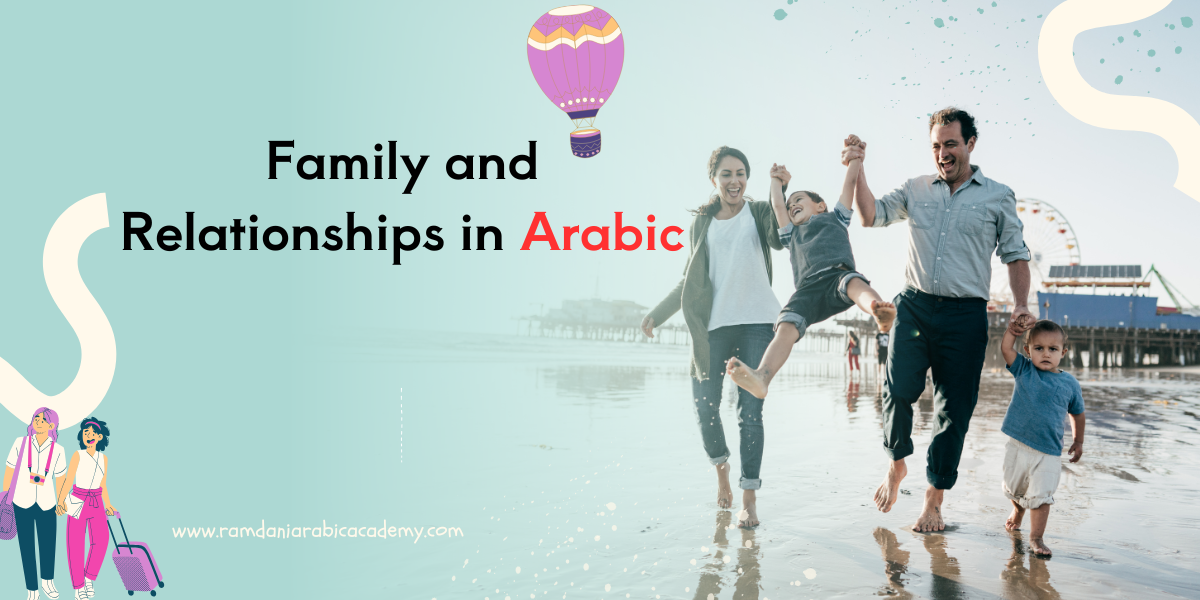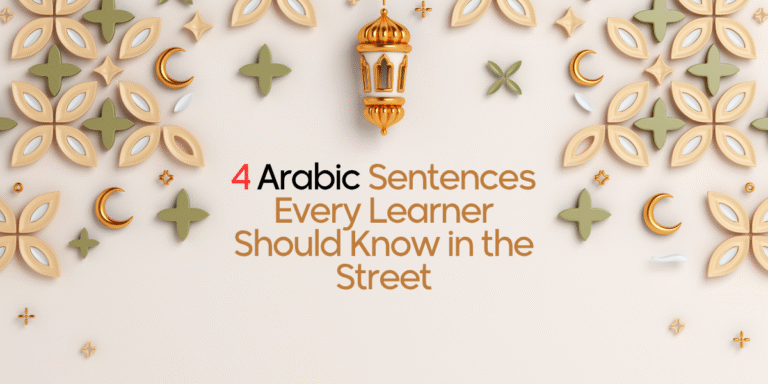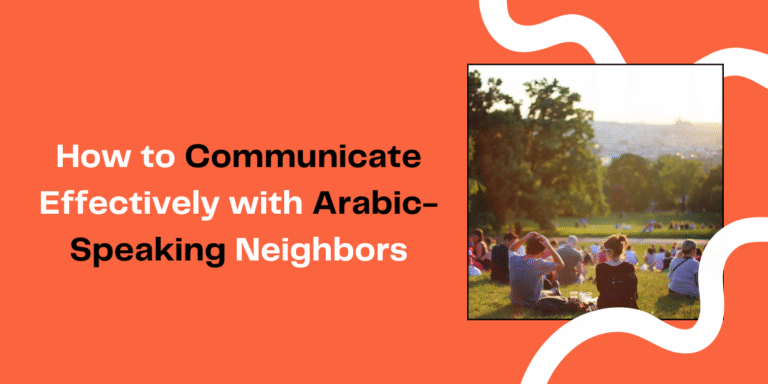Family and Relationships in Arabic Great Lesson for beginners
Family and relationships hold a central place in every culture, but in the Arabic world they take on a role that often defines identity, values, and daily life. When you begin learning Arabic, you soon realize that the language itself reflects this importance. Words, expressions, and even the way people address one another carry layers of meaning shaped by family ties and social bonds. To understand Arabic as a learner, you cannot separate the language from the cultural fabric that sustains it.
In Arab societies, family is not only a private unit but a social institution. It shapes how people think, behave, and interact with others. It influences decisions about education, work, and marriage. For many, family is the first school of values and traditions. Respect for parents, loyalty to siblings, and care for extended relatives are taught from early childhood. These principles are reinforced through stories, proverbs, and daily conversations that use Arabic terms deeply rooted in family life.
Arabic itself mirrors these priorities. Take for example the word ‘usra’ which means family. The root of this word is connected to ideas of strength and support, showing that family is viewed as a source of protection. Another word, ‘ahl’, often translated as family or people, also carries the meaning of belonging and community. By studying these words, learners discover that Arabic does more than describe relationships, it reveals the values behind them.
Marriage and kinship also play a strong role in shaping Arabic vocabulary. Many common greetings and expressions carry references to family or well-being. A simple exchange like “kayfa ḥāl ahlak?” (how is your family?) goes beyond polite small talk; it signals genuine concern for the well-being of the other person’s household. Learners who study these patterns not only build language skills but also gain insight into the priorities of Arabic-speaking societies.
The structure of relationships in the Arab world also shows up in the way Arabic classifies relatives. The language offers distinct words for paternal and maternal uncles and aunts, unlike English which uses one word for each. This precision underlines the significance of extended family ties. When you learn Arabic family vocabulary, you also learn how Arab societies organize kinship and how they expect individuals to relate to one another.
Another essential point is the role of respect and hierarchy. In many Arabic-speaking cultures, elders hold a special place. Language reflects this through honorifics, polite forms of address, and phrases that highlight respect. A learner who understands these nuances avoids misunderstandings and communicates with cultural sensitivity. This knowledge is not abstract; it helps in real interactions, whether you are speaking with a teacher, a host family, or business partners.
For Arabic learners, exploring family and relationships in the language is more than acquiring vocabulary. It opens a window into cultural values and offers tools for building deeper connections with speakers. By paying attention to how Arabic expresses kinship, respect, and community, learners move closer to the heart of the language. This introduction sets the stage for a broader discussion about the many dimensions of family and relationships in Arabic, both in words and in practice.
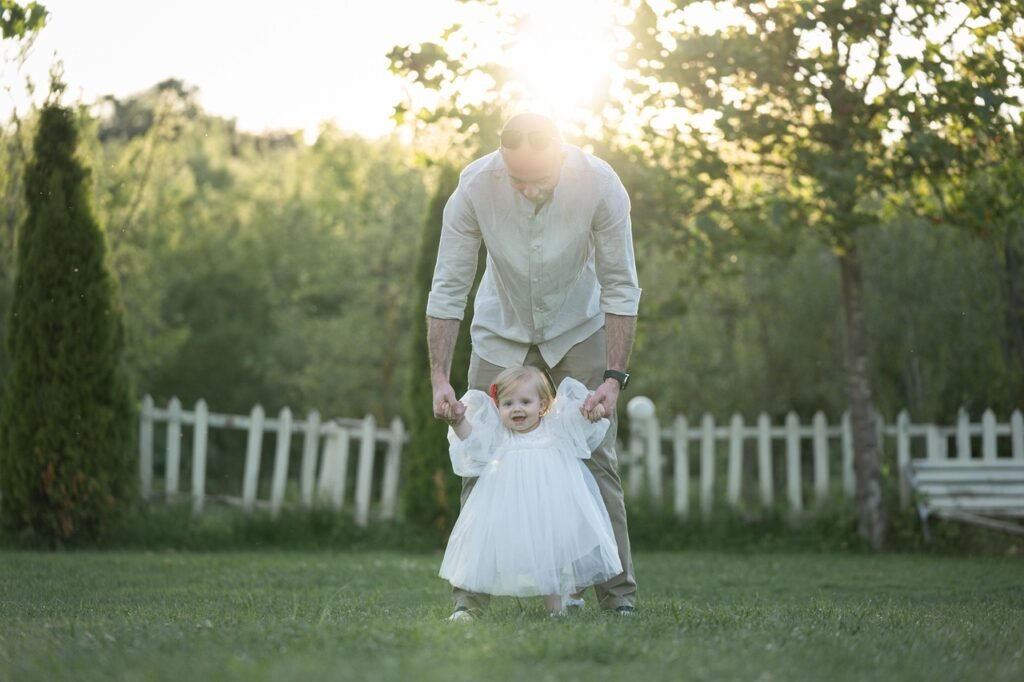
Arabic Family Vocabulary and Kinship Terms
When you start learning Arabic, family vocabulary is usually introduced early. These words are not only practical for everyday conversations but also a key to understanding how Arab societies view relationships. The richness and detail in Arabic kinship terms show how central family is to both language and culture. Unlike English, which uses broad terms like “uncle” or “aunt,” Arabic makes clear distinctions between relatives from the mother’s side and the father’s side. This precision reflects the importance of extended family ties in social life.
The word for family in general is ‘usra’. This term refers to the nuclear family—parents and children living together. But another word, ‘ahl’, is wider. It can mean relatives, people of the same household, or even people of the same community. When someone says ahl al-bayt, it refers to the members of the household. In religious and cultural contexts, ahl can also mean followers or people belonging to a certain group. For learners, this distinction is useful because it shows how Arabic can expand the idea of family beyond blood relations.
Parents are called ab (father) and umm (mother). These two words are among the earliest spoken by children and carry strong emotional weight. Many Arabic proverbs emphasize the role of parents. For example, al-janna taḥta aqdām al-ummahat means “paradise lies under the feet of mothers,” highlighting respect and gratitude toward mothers. Fathers, too, are viewed as pillars of support, often associated with protection and provision. When learners practice these words, they are also practicing values that Arab societies place on parental roles.
Siblings are described with akh (brother) and ukht (sister). These words are used not only for biological siblings but also metaphorically to express closeness and solidarity. For instance, calling someone akhī (my brother) or ukhtī (my sister) is a way to show affection and trust even outside the family. Learners will notice how often these words are used in conversations, speeches, and even political discourse, where they reinforce a sense of unity and belonging.
When it comes to extended family, Arabic distinguishes between maternal and paternal relatives. A paternal uncle is ‘amm, while a maternal uncle is khāl. The same distinction exists for aunts: ‘amma for the father’s sister, khāla for the mother’s sister. This level of detail reflects how both sides of the family are valued but recognized individually. In daily life, these words matter. Asking about someone’s ‘amm or khāl shows attention to specific family ties. For learners, mastering these terms makes conversations more natural and respectful.
Grandparents are called jadd (grandfather) and jadda (grandmother). They often hold an important position in the family, serving as sources of wisdom and guidance. In many Arab homes, the grandparents live with or near the family, reinforcing strong bonds across generations. This is why words for grandparents appear often in personal stories, songs, and traditional sayings. Knowing how to use jadd and jadda helps learners connect with the generational dimension of Arabic culture.
Children are described as ibn (son) and bint (daughter). These words also appear in names. For example, ibn Khaldun means “the son of Khaldun.” In classical Arabic, lineage was often expressed through these terms, showing the importance of ancestry and heritage. Today, you still see ibn and bint in full names, especially in formal contexts or historical references. Learning these terms gives students a deeper understanding of how family and identity are expressed in Arabic traditions.
Arabic also uses affectionate forms for relatives. Adding the diminutive pattern, speakers create words that express love or closeness. A child might call his grandmother teta or sitto, depending on the dialect, instead of the formal jadda. These variations show the diversity within Arabic-speaking regions. For learners, exposure to these affectionate forms provides insight into everyday life beyond textbooks. It also highlights how language adapts to warmth and intimacy within families.
Another layer to family vocabulary is honorifics. Words like sayyid (sir) and sayyida (madam) may not be direct kinship terms, but they signal respect in addressing elders or strangers. This is linked to the cultural expectation of politeness toward older people. A learner who knows when to use these terms will navigate social situations more smoothly. Respectful speech is part of the family-centered worldview of Arab societies.
Learning Arabic family vocabulary is not just about memorization. It is about seeing how language, culture, and values are interwoven. Each term reflects a piece of social life, from the nuclear unit to the wider community. For learners aiming to communicate effectively, understanding these words is the first step to grasping the deeper significance of family and relationships in Arabic.
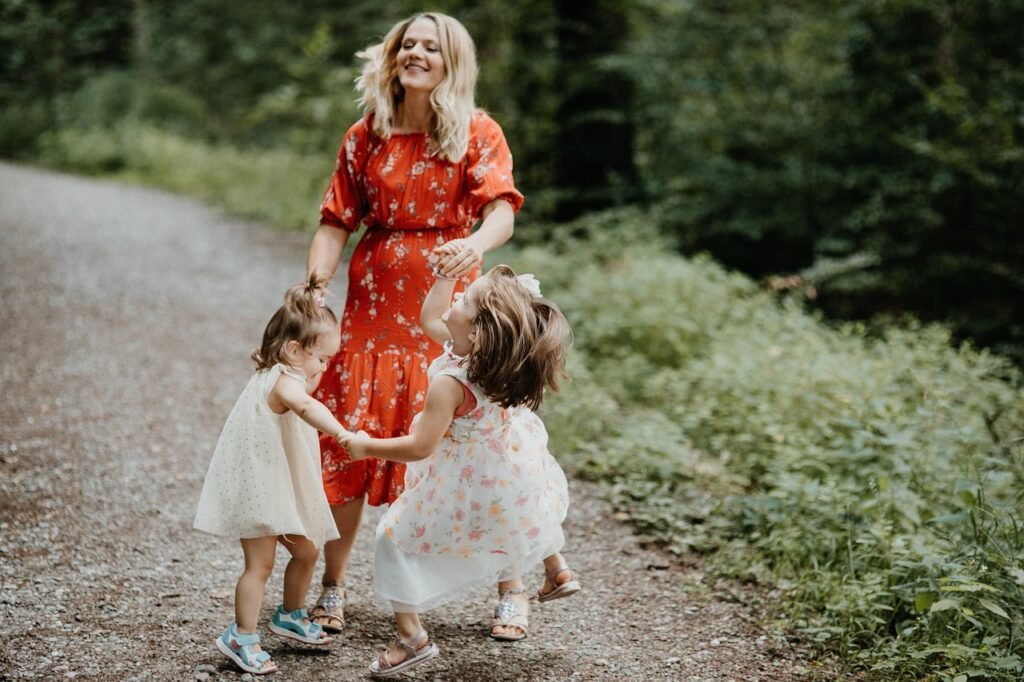
Marriage, respect for elders, and social expectations in Arabic culture
Marriage, family roles, and respect for elders are key elements in Arabic-speaking societies. They influence not only how people live but also how they use the language. For learners of Arabic, understanding these cultural aspects adds depth to vocabulary and expressions, making communication more authentic and meaningful.
Marriage is often viewed as both a personal and social commitment. It is not simply a union between two individuals but a bond that links families together. In many parts of the Arab world, marriage strengthens ties between extended relatives and sometimes entire communities. The Arabic word for marriage is zawāj, which comes from the root z-w-j, meaning pair or partner. This reflects the idea of two people joining to form a balanced union. Another word, ‘urs, refers to the wedding celebration itself. Both words appear often in daily conversation, literature, and media, showing how central marriage is in the culture.
Expressions surrounding marriage reveal values of unity and family honor. Common phrases such as mabrook (congratulations) are offered to newlyweds, and families are often at the center of wedding events. In traditional contexts, elders play an active role in arranging or approving matches. Even when individuals choose their own partners, family involvement remains significant. This cultural practice highlights how interconnected personal and family life is in Arabic societies.
Respect for elders is another strong value that influences both behavior and language. Elders are addressed with polite titles such as ḥajj for an older man or ḥajja for an older woman, even outside a religious context. These terms show honor and recognition. Learners will also notice the use of plural or formal verb forms when addressing elders, which signals respect. A younger speaker might say kayfa ḥāḍratuk? instead of the simpler kayfa ḥāluka? when speaking to an older person. Mastering these subtleties helps avoid offense and demonstrates cultural awareness.
Elders often serve as decision makers and advisors in families. Their opinions carry weight in matters of education, work, and marriage. This influence is reflected in sayings like man lā kabīr lahu, yashtari kabīran lahu meaning “whoever has no elder should buy one,” emphasizing the value of guidance from experienced family members. For learners, proverbs like this not only enrich vocabulary but also provide insight into the values that shape everyday interactions.
Social expectations in Arabic culture extend beyond the immediate family. Hospitality, generosity, and loyalty are important qualities tied to family reputation. Guests are treated with honor, and relationships are nurtured through regular visits and shared meals. The Arabic expression ṣilat al-raḥim refers to maintaining family ties, a concept deeply rooted in both cultural practice and religious teaching. Breaking these ties is often considered a serious matter, while strengthening them is praised.
Gender roles in families also shape expectations. Traditionally, men are often seen as providers and protectors, while women are viewed as caregivers and nurturers. These roles, however, are changing in modern times as more women pursue education and careers. Still, the language preserves traces of traditional expectations. For example, rabbat al-bayt means “lady of the house” and refers to a woman managing household affairs. Knowing such terms helps learners grasp how Arabic expresses social roles.
For learners, engaging with these aspects of marriage, respect, and expectations brings the language to life. Instead of memorizing vocabulary lists, students begin to see how words and expressions fit into real cultural practices. When you ask about someone’s parents with genuine care, congratulate a friend on a marriage, or use a respectful title for an elder, you are not just speaking Arabic—you are participating in its cultural world.
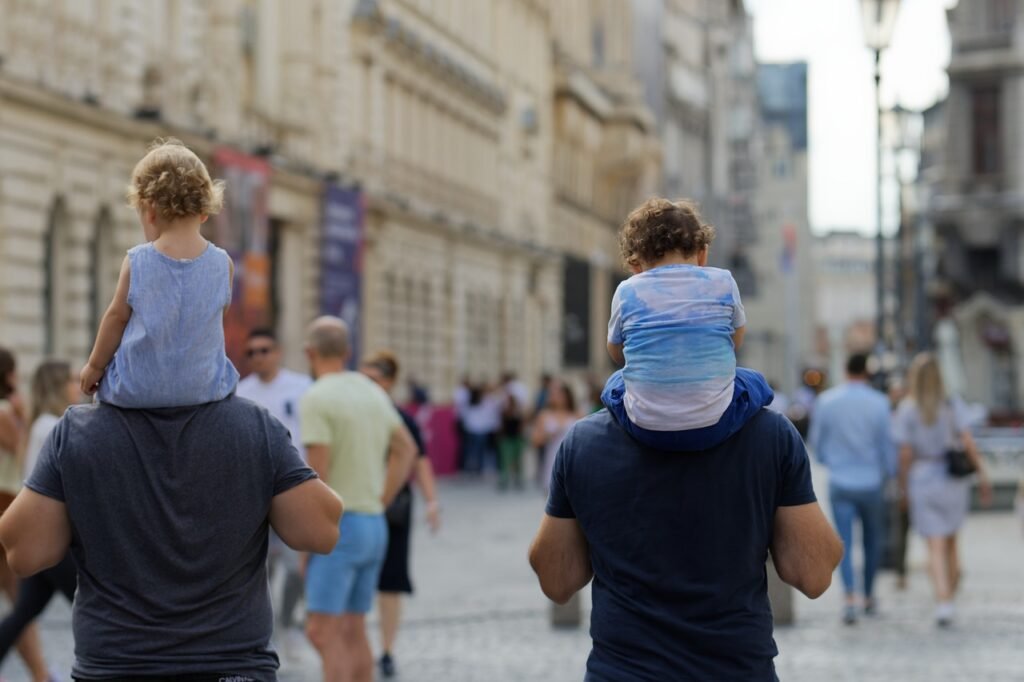
Friendship, community ties, and the broader concept of relationships in Arabic beyond family
Family is central in Arabic culture, but relationships extend far beyond the household. Friendship, community ties, and social bonds form another layer of connection. These relationships are not secondary to family—they are integrated into how people interact, communicate, and organize their lives. For Arabic learners, exploring this wider circle of relationships provides insight into both language and culture.
Friendship in Arabic is expressed with the word ṣadāqa. A friend is called ṣadīq for a male and ṣadīqa for a female. These terms come from the root ṣ-d-q, which also means truthfulness. This link reflects how friendship is ideally based on honesty and loyalty. A true friend is not just a casual companion but someone who stands by you. Learners who understand this connection see that Arabic does not separate language from values. When you call someone ṣadīq, you imply trust and sincerity.
Another common word is ḥabīb (beloved or dear). It is often used affectionately among friends, not only in romantic contexts. Calling someone ḥabībī (my dear, male) or ḥabībtī (my dear, female) is a way to show closeness and warmth. Learners often encounter these expressions in songs, films, and everyday conversation. Recognizing their use in friendships prevents misunderstanding and shows how Arabic balances formality with intimacy.
Community ties are described with the concept of jīrān (neighbors). In many Arabic-speaking societies, neighbors are treated almost like extended family. There are cultural expectations of respect, support, and cooperation. An old saying goes, al-jār qabla al-dār, meaning “the neighbor before the house.” It suggests that choosing a good neighbor is more important than the house itself. This shows how social life is structured around networks of trust and mutual help. For learners, knowing these proverbs and expressions adds depth to their understanding of how Arabic-speaking communities function.
Brotherhood and solidarity also extend beyond blood relations. The word ukhuwwa (brotherhood) is widely used to describe ties of unity, especially in larger social or national contexts. In speeches or gatherings, people might call each other ikhwānī (my brothers) to emphasize collective identity. Similarly, ukhuwwa islāmiyya (Islamic brotherhood) is a phrase often used in religious and cultural contexts. These expressions highlight how relationships are framed not only in personal but also in communal terms.
Respect and loyalty are key features of all relationships in Arabic culture. Words like wafā’ (faithfulness) and amāna (trustworthiness) are often used to describe what makes a good friend or neighbor. They are also praised in literature and poetry, where loyalty to friends and community is celebrated. For learners, these words are more than vocabulary items; they are concepts that shape expectations in real interactions.
Hospitality plays a major role in community ties. Welcoming guests warmly, offering food and drink, and showing generosity are not just social niceties—they are cultural duties. The Arabic phrase ḍiyāfa (hospitality) captures this practice. A host is expected to treat a guest with honor, often going out of their way to make them feel comfortable. Guests, in return, show gratitude with expressions like shukran jazīlan (thank you very much) or baraka allāh fīk (may God bless you). Learners who participate in such exchanges experience firsthand the depth of Arabic social customs.
Relationships in Arabic culture are also shaped by religious values. Islam emphasizes maintaining ties, being kind to neighbors, and treating friends with respect. Even in secular contexts, these values remain strong in cultural habits. Words like ṣila (connection) and raḥim (kinship) are not limited to family but extend to broader networks of people. The idea of ummah (community) also plays a role in shaping collective identity among Arabic speakers.
For learners, studying friendship and community ties in Arabic is a way to go beyond grammar and vocabulary. It is about understanding the social expectations that come with the words. Knowing when to use ṣadīq instead of ḥabīb, or how to show respect to neighbors, helps learners connect more naturally with Arabic speakers. This knowledge makes conversations smoother and relationships stronger.
Exploring family, marriage, and community together shows the full picture of how Arabic culture views relationships. The language carries layers of meaning that reflect values of respect, loyalty, and togetherness. By learning these expressions and the ideas behind them, learners move closer to experiencing Arabic not just as a language, but as a living culture.
Advice
Family and relationships in Arabic are not limited to words on a page. They reflect the values and customs that guide daily life across Arabic-speaking societies. From family roles and marriage to friendship and community ties, each expression carries layers of meaning. For learners, exploring these aspects is essential to understanding not only how Arabic is spoken but also why it is spoken in certain ways.
If you are studying Arabic, focus on more than grammar and vocabulary lists. Pay attention to the cultural weight of words. When you say ṣadīq or ḥabīb, know that you are not just naming a friend but expressing qualities like loyalty and affection. When you ask about someone’s parents or use respectful titles with elders, you are practicing cultural awareness. This sensitivity makes your learning more effective and your interactions more genuine.
Practical advice for learners:
- Build your vocabulary around real-life relationships, starting with parents, siblings, and extended relatives.
- Practice using honorifics and respectful forms of address with elders.
- Learn common greetings and expressions used in weddings, visits, and community settings.
- Study proverbs and sayings about family and friendship; they reveal cultural values and help you sound more natural.
- Engage with Arabic speakers about their families and communities; this strengthens your skills and shows respect for their culture.
At Ramdani Arabic Academy, we design lessons and courses that combine language learning with cultural insight. Our goal is to help students not only communicate in Arabic but also understand the values behind the words. We provide articles, exercises, and structured courses that guide learners step by step, from beginner to advanced levels. Students gain vocabulary, grammar, and practical tools for real conversations, always connected to cultural contexts.
As the founder of Ramdani Arabic Academy, I, Ramdani Mohamed, believe language study is most effective when it respects culture. My work is dedicated to helping learners discover the richness of Arabic, both as a language and as a way of life. By studying family and relationships in Arabic, you take an important step toward connecting with millions of speakers worldwide. You learn to communicate with respect, clarity, and confidence.
